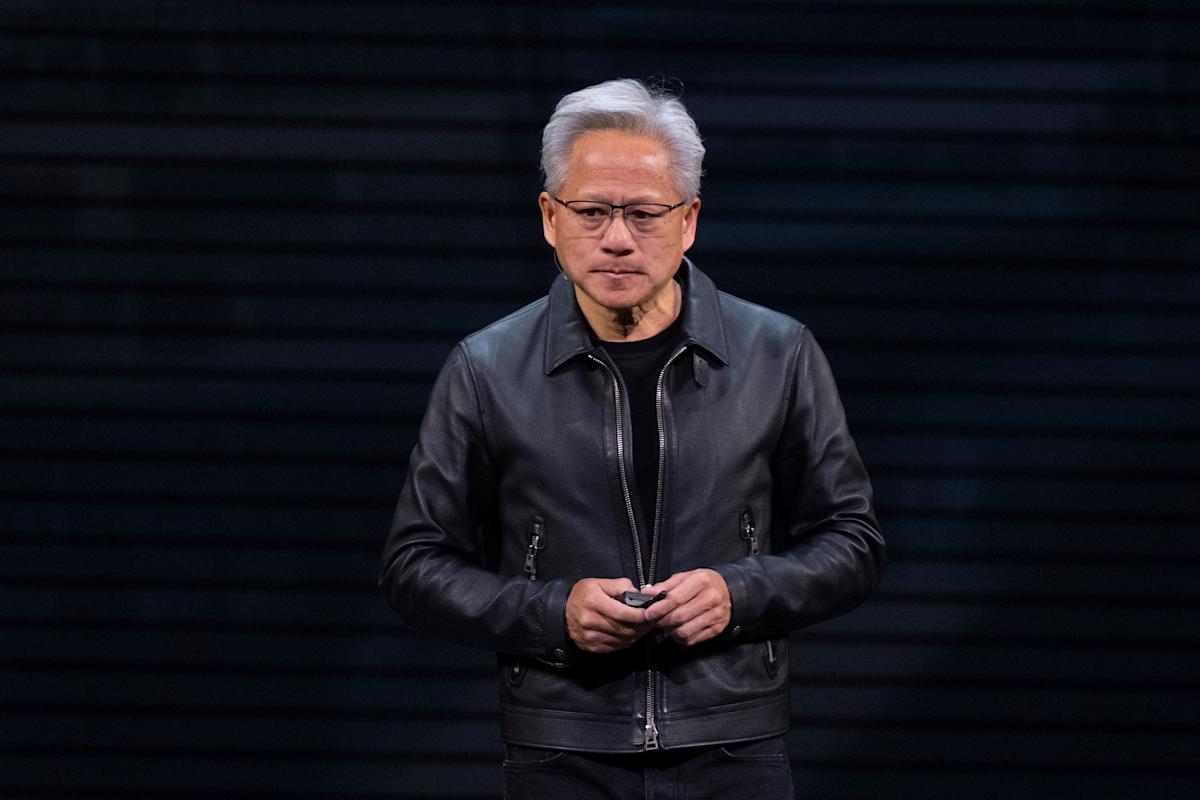AI’s valuation problem reaches a ‘mini panic moment’
This is The Takeaway from today’s Morning Brief, which you can sign up to receive in your inbox every morning along with:
It’s no coincidence that chatter of an AI bubble is growing louder just as bullish calls are becoming more confident. Tech valuations continue to rise alongside a gnawing feeling that things are about to crumble. FOMO trading goes a long way in explaining how tech’s triumphant forward march can also seem so perilous, even fragile.
But a more charitable reading views so much money chasing so many unproven AI plans as a rational approach to the prospects, however remote, of a huge payoff. Call it a “rational bubble.”
If the potential rewards are so large, it makes sense for the market to adopt a venture capital approach of sorts to AI investing — placing multiple bets and risking more than is comfortable. A sole winner — or a handful of winning investments — can more than offset the losses.
In the meantime, though, things can get ugly, and they have.
As Wedbush analyst Dan Ives wrote in a note to clients on Friday, this week’s tech pullback was a brutal, white-knuckle moment for investors. What started as pressure against Palantir (PLTR) last week, even after the company posted impressive results, snowballed into more AI bubble talk, combining worries over Nvidia’s (NVDA) China revenues, OpenAI’s (OPAI.PVT) perceived hubris, and “The Big Short” investor Michael Burry betting against AI darlings.
But even as Ives captured the souring mood around AI, he just as quickly made the case for doubling down.
“In a nutshell, we view this as a short lived mini panic moment for tech stocks as we believe tech stocks will have a major rally into the rest of the year as investors look to play the AI Revolution and the 2nd/3rd/4th derivatives now playing out across consumer and enterprise names,” said Ives.
He views the AI deployment around Nvidia and the Big Tech platforms as just the first wave of the tech transition. For every $1 spent on Nvidia, he contends, $8 to $10 will be generated through downstream AI products and services. (Nvidia is scheduled to report earnings on Wednesday, in what Ives describes as a “major validation moment.”)
Palantir CEO Alex Karp, in an interview this week at Yahoo Finance’s annual Invest conference, criticized some of the analysts who have discouraged investors from putting money into the company, which has attracted immense retail interest, even as some others are concerned over its lofty valuation.



Leave a Comment
Your email address will not be published. Required fields are marked *